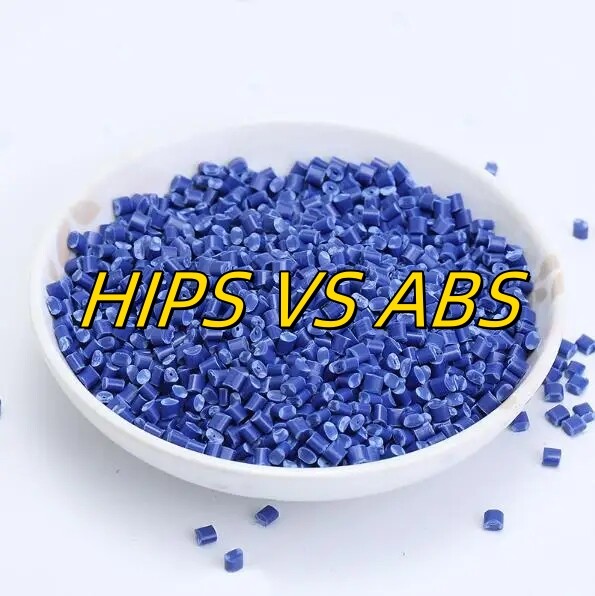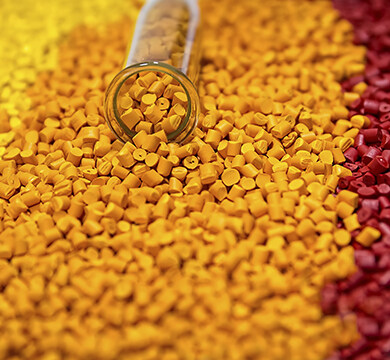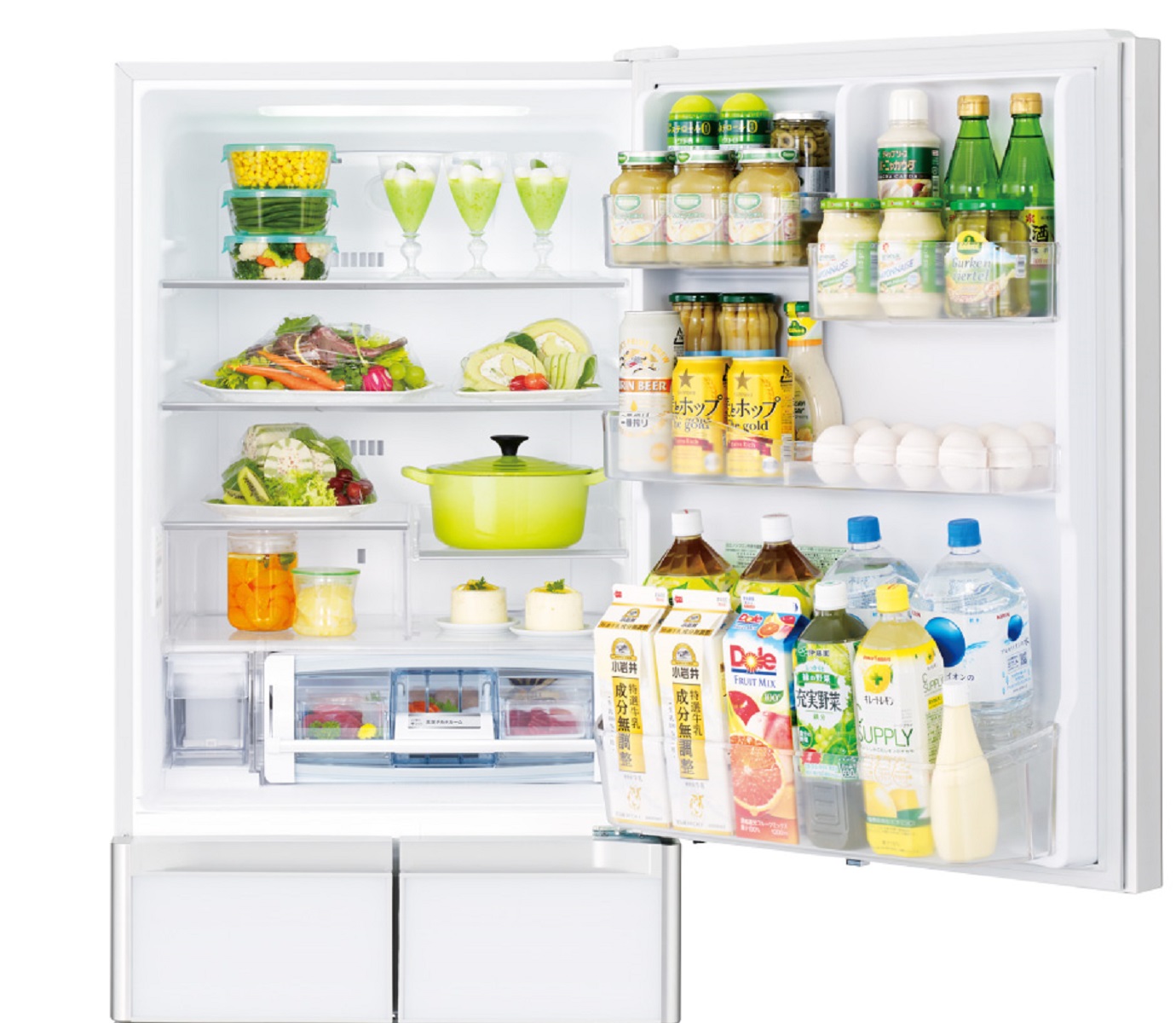Email format error
Email cannot be empty
Email already exists
6-20 characters(letters plus numbers only)
The password is inconsistent
Email format error
Email cannot be empty
Email does not exist
6-20 characters(letters plus numbers only)
The password is inconsistent

Offer Technical Support and Customized Solutions
The company is committed to creating new and improved plastic materials to meet the evolving demands of the market.

HIPS and ABS in the Home Appliance Industry: Different Yet Similar
In the home appliance manufacturing industry, both HIPS and ABS materials are receiving significant attention. Despite originating from the same raw materials, they exhibit notable differences in application and performance.
ABS and HIPS are often referred to as "brothers," and this is not without reason. ABS, synthesized from styrene, butadiene, and acrylonitrile, is considered the "elder brother" of the duo, while HIPS, synthesized from styrene and polybutadiene rubber, holds a slightly lower position as the "younger brother." Sharing common upstream materials and belonging to the category of rigid plastics, they can be said to have the same roots to some extent.
However, despite their close relationship, they also face fierce competition. Due to the higher price of ABS, many home appliance companies are considering HIPS as a substitute. Considering procurement costs, many enterprises opt to use HIPS to manufacture plastic components, thus reducing production costs.
In addition to cost considerations, HIPS and ABS also share some similarities in physical properties. They have the same shrinkage rate, and the plastic components produced from them are nearly indistinguishable in appearance. This allows for the direct use of ABS molds to produce HIPS plastic components without the need for modification.
However, despite the similarities in some aspects, they are not entirely interchangeable. HIPS cannot meet the performance requirements of some high-end products, such as motorcycles, vacuum cleaners, batteries, etc., where ABS excels. Even if HIPS is cheaper, it cannot replace ABS in these fields.
The key to choosing between ABS and HIPS lies in product demand and customer positioning. For manufacturing mid-to-low-end products, businesses typically prioritize cost-effectiveness, hence leaning towards the lower-priced HIPS. However, in some high-end products, the performance requirements of ABS are more critical.
Therefore, changing raw materials requires careful consideration, striking a balance between performance and cost. Although HIPS can serve as a substitute for ABS, completely replacing ABS is not easy. Only by fully considering product demand and customer positioning can the right choice be made, bringing better prospects for the development of the home appliance manufacturing industry.
|
Product Name |
Product Components |
Applied Materials |
|
Refrigerator |
Inner liner, cover plate, door seal, drawers |
ABS, HIPS |
|
Washing Machine |
Panel, outer drum, inner drum, casing |
ABS, HIPS |
Performance Differences Between HIPS and ABS
-
Apart from being close in flexural modulus, HIPS performs significantly lower than ABS in other aspects of testing, especially in impact strength. After aging for over 240 hours, the impact strength of HIPS is below 5 kJ/m2, only a quarter of that of ABS. In daily applications, this translates to HIPS components being more brittle and prone to breakage.
-
Although there is little change in tensile strength, flexural strength, and flexural modulus of HIPS after aging, the change in impact strength is significant. The impact strength of HIPS before aging is 10.188 kJ/m2, which drops to 4.674 kJ/m2 and 4.56 kJ/m2 after aging for 240 hours and 400 hours, respectively, a decrease of over 45.9% and 44.7%. Moreover, after 240 hours of aging, the impact strength of HIPS is 4.6 kJ/m2. Compared to ABS, HIPS is more prone to aging, leading to a significant decrease in impact strength. In applications in household appliances, HIPS components, although initially capable of achieving the same effect as ABS components, tend to age much faster than ABS when subjected to prolonged exposure to high or low temperatures, resulting in increased fragility and reduced product lifespan.
-
Testing has shown that HIPS components are not suitable for use in household appliances that frequently endure high temperatures, such as rice cookers and electric kettles. Additionally, in regions with higher temperatures, outdoor HIPS plastic components are prone to aging and are not suitable for long-term use.


